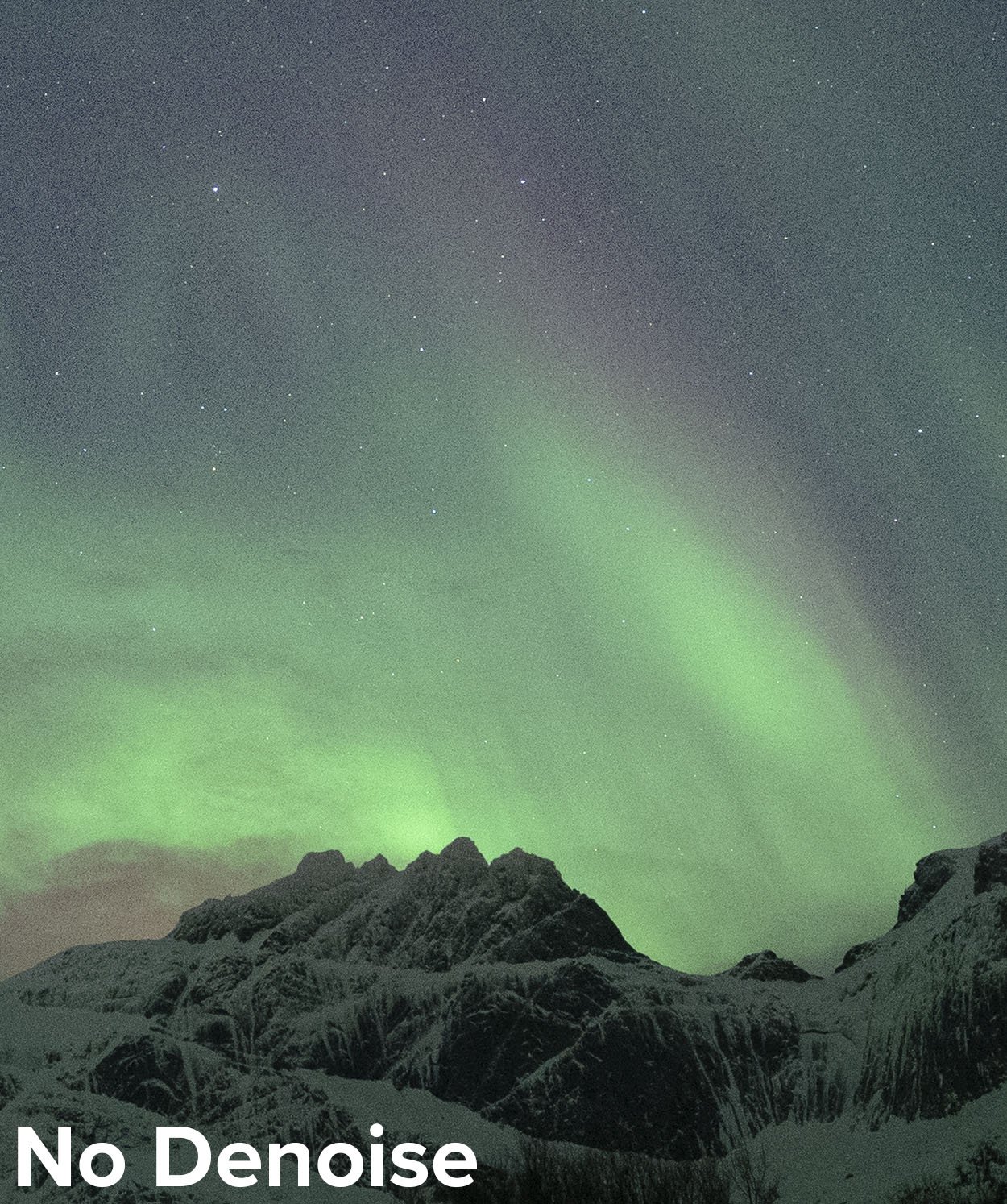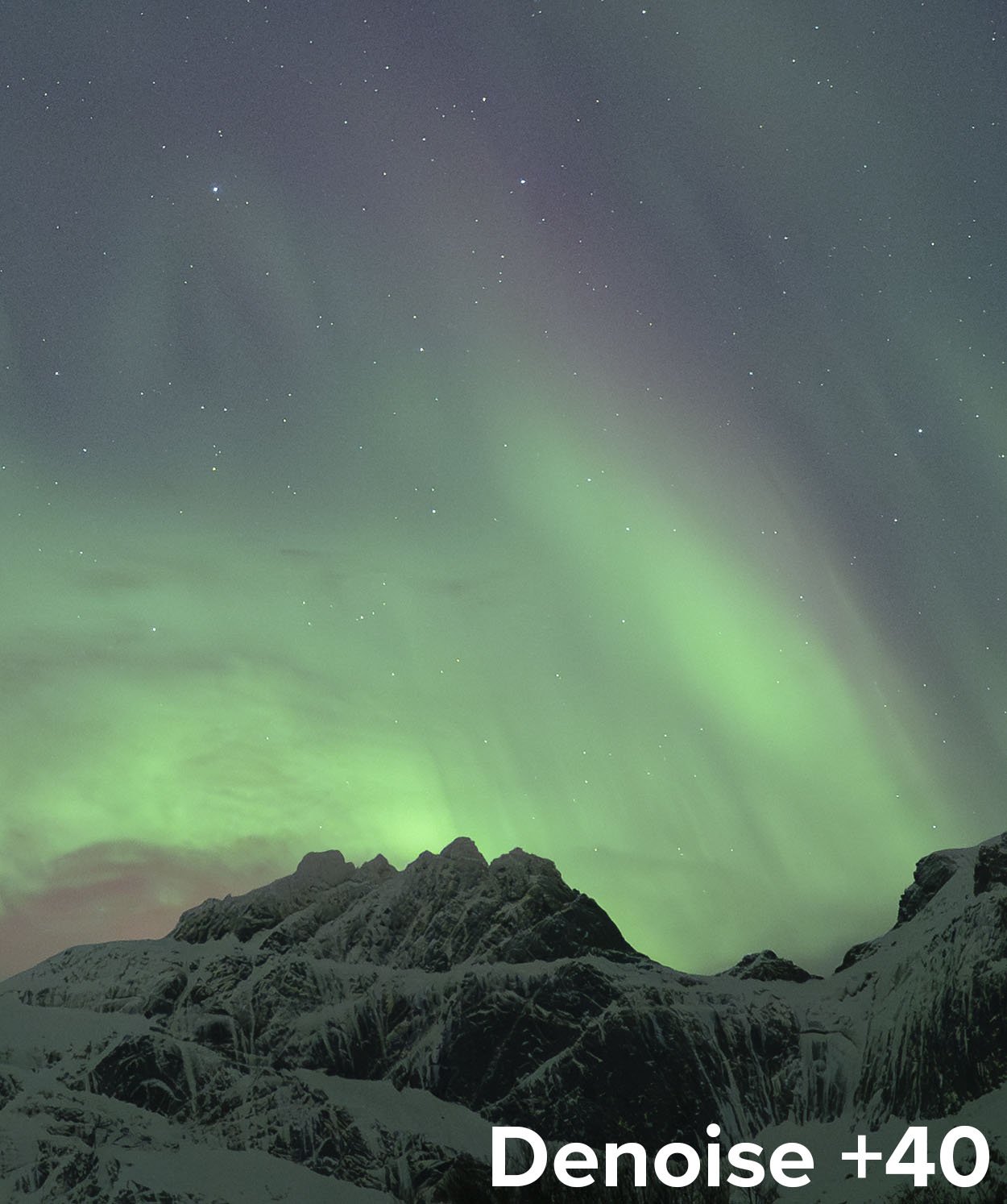In 2015, the five of us partners at National Parks at Night had our first meeting, and in 2016 we ran our first five workshops together: chronologically, at Acadia, Zion, Crater Lake, Arches and Death Valley national parks. Tonight, at Bannerman Island in New York, we will run our 100th workshop.
During these 8 years and 100 adventures, we have met and formed bonds with over 700 night photographers who have joined us. They are the people who have made the National Parks at Night dream possible, and our gratitude couldn’t be grander.
With that feeling in our hearts, we never considered celebrating our 100th workshop without our attendees. We instead wanted to host a party to mark the milestone and invite all of our alums to attend. And that’s precisely what we did this past Thursday in New York City.
More than 60 members of the NPAN community gathered in Midtown Manhattan to share our common bonds and the friendships we’ve all developed during this run. There were people who have attended many workshops together, people who haven’t seen each other in a few years, people who had never met before the party—and even one person from our first workshop who we got to see for the first time since then!
We started with a soiree hosted in the studios at NYC Salt, a non-profit high school photography program for underserved youth. (Gabe has been a volunteer for them for over 10 years and the program has assisted in getting many students into college for the first time in their family. If you’re not familiar with NYC Salt, definitely check out their work and their mission. You’ll be inspired—and if you’re inspired enough to help them in some way, all the better!)
Our guests were greeted with some new NPAN swag: a North Face beanie and a special “100 and Beyond” pin commemorating our Centuple Celebration. A few of our longtime brand partners were there as well: B&H Photo, Luxli and Benro all stopped by to share some gifts (more on that below), and Canon was on hand to make two free 18x24 prints for all the partygoers on Red River Polar Glossy Metallic paper.
Everyone mingled, enjoying conversation, along with wine, cheese and a buffet of light food graciously prepared by four of our five significant others (thank you Nancy, Angela, Katherine and Mabel!). In the corner a large-screen television displayed a looping slide show of the group photos from all of our workshops, as well as over 400 photos of attendees at the workshops.
Photo courtesy Angela Weir.
Toward the end of the party the gathering circled Gabe, who emceed some gift-giving. Many of our sponsors also wanted to thank our attendees for their support over the past 8 years. Between them, Acratech, B&H, Benro, Coast Portand, Focus on Stars, Luxli and Tether Tools sent 23 giveaways!
We topped off the afternoon by heading to the roof, where NYC portrait artist Adam Chinitz photographed the group in front of the city skyline.
Photo courtesy Adam Chinitz.
After the party we met at the delectable Pier 57 food court, where everyone broke into groups for dinner. Afterward we continued the roof theme by riding the elevator to the top of Pier 57 and stepping out to a magnificent view of the NYC skyline. We shot there for about an hour, then moved to Little Island, an artificial island park on the eastern shore of the Hudson River, where we shot some more.
Photo courtesy Katherine Moxhet.
The evening ended, and we once again exchanged farewells and until-we-meet-agains with a group of the finest folks we could imagine adventuring with.
One hundred workshops. Wow. At our first meeting in 2015, I don’t think any of us five imagined that number. But here we are in 2023, now dreaming of 200.
For all of you who have shared this ride with us, we thank you. And for those of you who have not shared the ride yet—welcome aboard! We are all eager to welcome you into this dynamic and engaging community, and to seize the night together, to 200 and beyond.

















